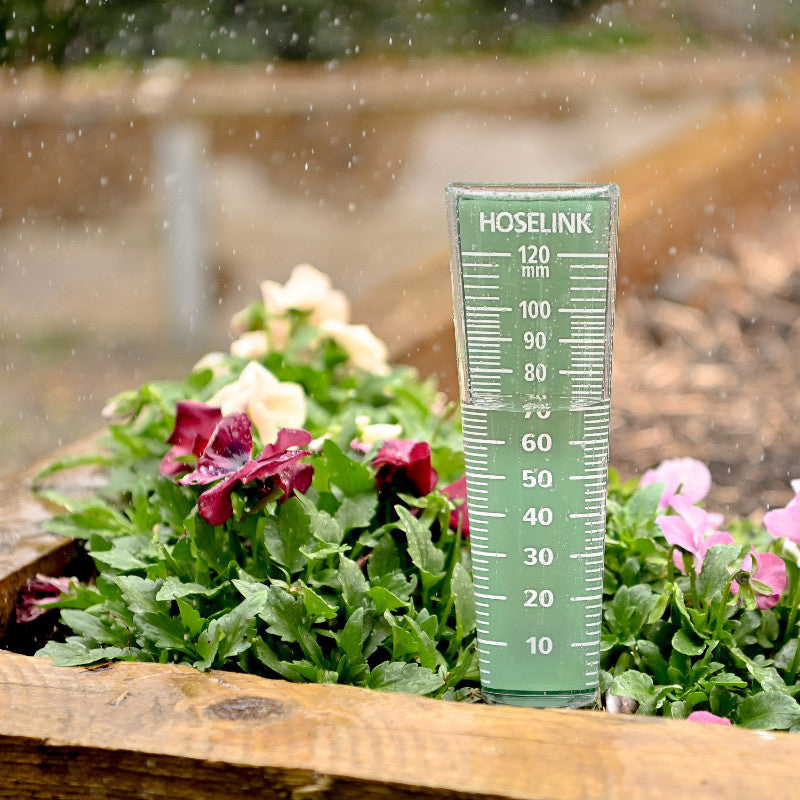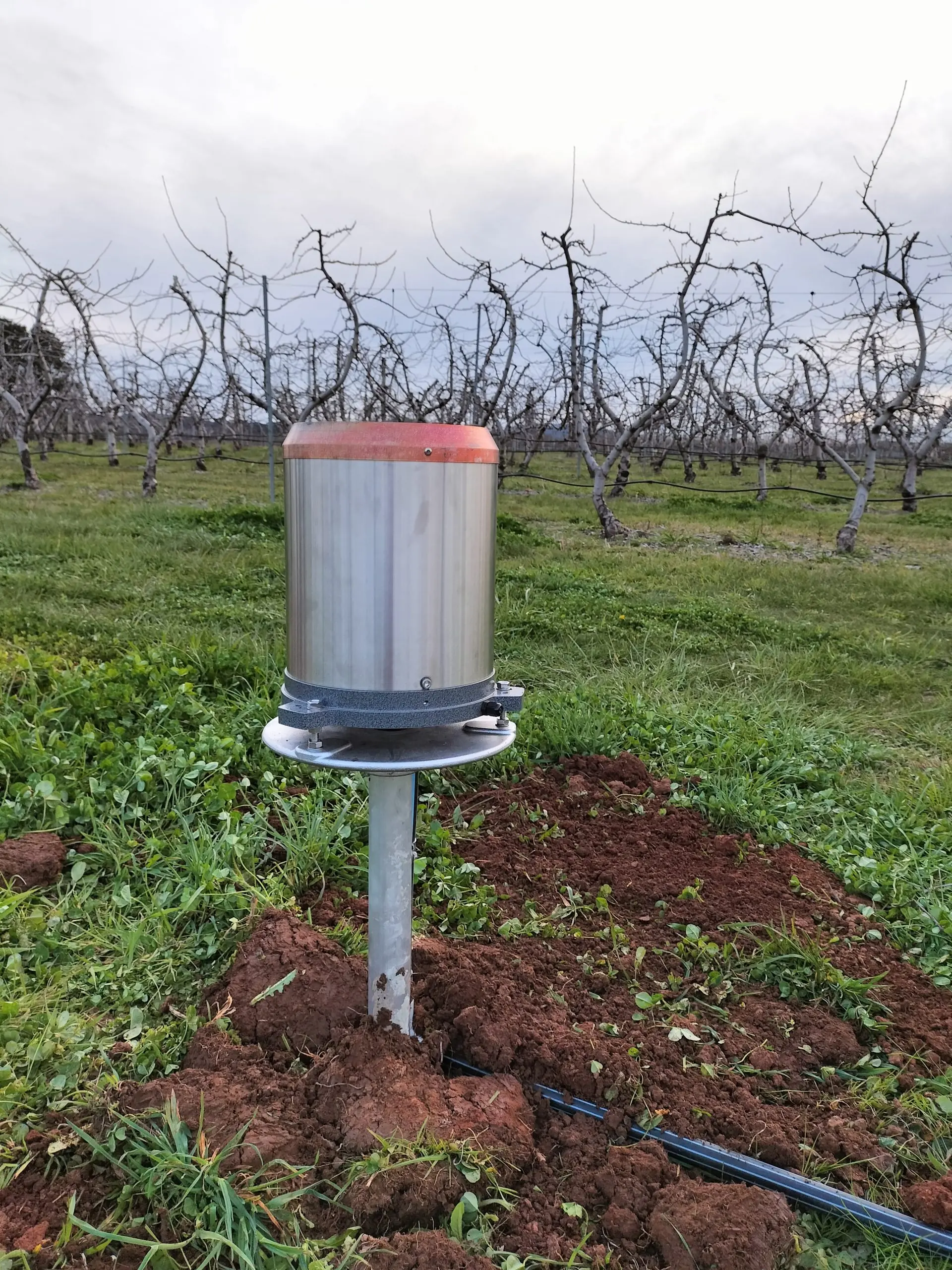Ingenious Styles in Rain Gauges: What Makes Them Attract attention
Introducing the Scientific Research Behind Rainfall Determines: Exactly How These Instruments Play a Critical Function in Environment Research and Environmental Tracking
Rain assesses, apparently easy gadgets, hold an extensive significance in the realm of environment research and ecological surveillance. These plain tools silently collect one of nature's most essential components-- rainfall. Behind their plain exterior exists a complicated science that is important for recognizing the dynamics of our environment. As we peel off back the layers of this clinical veil surrounding rain evaluates, we discover a world where accuracy, data accuracy, and precise observation assemble to reveal a deeper understanding of our transforming climate and its influence on the earth.
Relevance of Rainfall Scales
Rainfall determines play an important duty in tracking and measuring rainfall degrees, providing crucial data for environment research study and analysis. These tools are basic in evaluating the quantity of rainfall that occurs in a details location over a certain period. By collecting and gauging rain, rain evaluates offer useful insights right into the distribution and strength of precipitation, assisting meteorologists, hydrologists, and climatologists in recognizing weather condition patterns and trends.
One of the key reasons that rain determines are vital is their ability to provide localized and exact information. Unlike satellite or radar-based measurements, which supply wider monitorings, rain assesses offer specific information details to the location where they are put. This localized data is vital for numerous applications, including flooding forecasting, dry spell tracking, and water source monitoring. Furthermore, long-term information collected from rain assesses aids in examining climate change effects and patterns, adding dramatically to scientific study and decision-making processes. Fundamentally, rainfall determines offer as vital devices in the area of weather forecasting and environmental science, playing an important duty ahead of time our understanding of weather condition and climate dynamics.
Kinds of Rainfall Scales

Performance and Procedure
In the realm of environment research study and atmospheric researches, the effectiveness of he has a good point rain gauges depend on their elaborate capability and precise operational mechanisms. Rain assesses are created to precisely gauge the quantity of precipitation that tips over a certain location throughout a set duration. These gadgets typically include a channel that gathers rainwater and channels it into a measuring tube. The gauging tube is noted with calibrated measurements that permit for the specific quantification of rains.
The performance of rainfall determines is based upon the concept of measuring and accumulating rainwater in a standard fashion. This accumulated data is important for recognizing regional climate patterns, tracking lasting environment patterns, and assessing environmental effects. To guarantee accurate measurements, rainfall determines need to be tactically put in open areas far from blockages such as structures or trees that can hinder the collection process.
The operational aspect of rain determines involves routine maintenance to avoid debris build-up, calibration checks to preserve dimension precision, and data tape-recording for evaluation (rain gauge). Generally, the functionality and operation of rainfall evaluates are important for collecting trusted rainfall information essential to climate research study and ecological tracking
Duty in Environment Study
Offered the critical relevance of exact rainfall dimensions in recognizing weather patterns and environmental impacts, the duty of rainfall gauges in environment research is indispensable. Rain evaluates offer essential information for climate study by evaluating the quantity of precipitation that tips over a details area throughout an offered duration. This information is critical for keeping an eye on lasting patterns in rainfall patterns, analyzing the influence of environment modification on rainfall circulation, and improving climate designs.

Climate researchers use information gathered from rain assesses to assess variants in precipitation degrees, identify regional climate trends, web and assess the effectiveness of water resource management methods. By contrasting historical rainfall data with present measurements, researchers can identify changes in rainfall patterns, such as adjustments in the regularity or strength of rains events. This info is crucial for comprehending exactly how environment change is affecting precipitation characteristics and can help policymakers make notified choices concerning adjustment and mitigation techniques.
Applications in Environmental Surveillance

In flood projecting, rainfall scale information aids to track rains intensity and circulation, permitting authorities to release timely cautions and take essential measures to reduce flood risks (rain gauge). Dry spell tracking counts on rain gauge information to examine wetness levels in the dirt and track precipitation shortages, helping in the identification of drought-prone locations and the application of drought feedback approaches
In addition, rain gauge information plays a crucial function in water source monitoring by giving information on water accessibility and use trends. Furthermore, in farming, rainfall scale data helps farmers in maximizing irrigation routines, plant selection, and overall farm monitoring techniques based on local precipitation patterns.
Final Thought
Finally, rainfall determines are essential tools for determining rainfall, giving beneficial information for environment research study and ecological tracking. With numerous kinds and capabilities, rainfall assesses play a critical duty in understanding precipitation patterns and their influence on the setting. By properly gauging rainfall, these devices add to the development of scientific knowledge and aid in making educated choices pertaining to water source management and calamity readiness.
Rainfall evaluates play a vital function in monitoring and measuring rainfall levels, providing important information for environment research and evaluation. The common rain gauge, recognized as the "tipping container" gauge, is one of the most generally utilized devices. Ultrasonic rainfall assesses use audio waves to find the presence of rainfall, supplying real-time data on rainfall degrees.Climate researchers make use of data collected from rain gauges to assess variants in rainfall levels, recognize regional climate patterns, and evaluate the performance of water resource administration techniques.In verdict, rain determines are necessary tools for determining precipitation, giving important data for environment research study and ecological tracking.